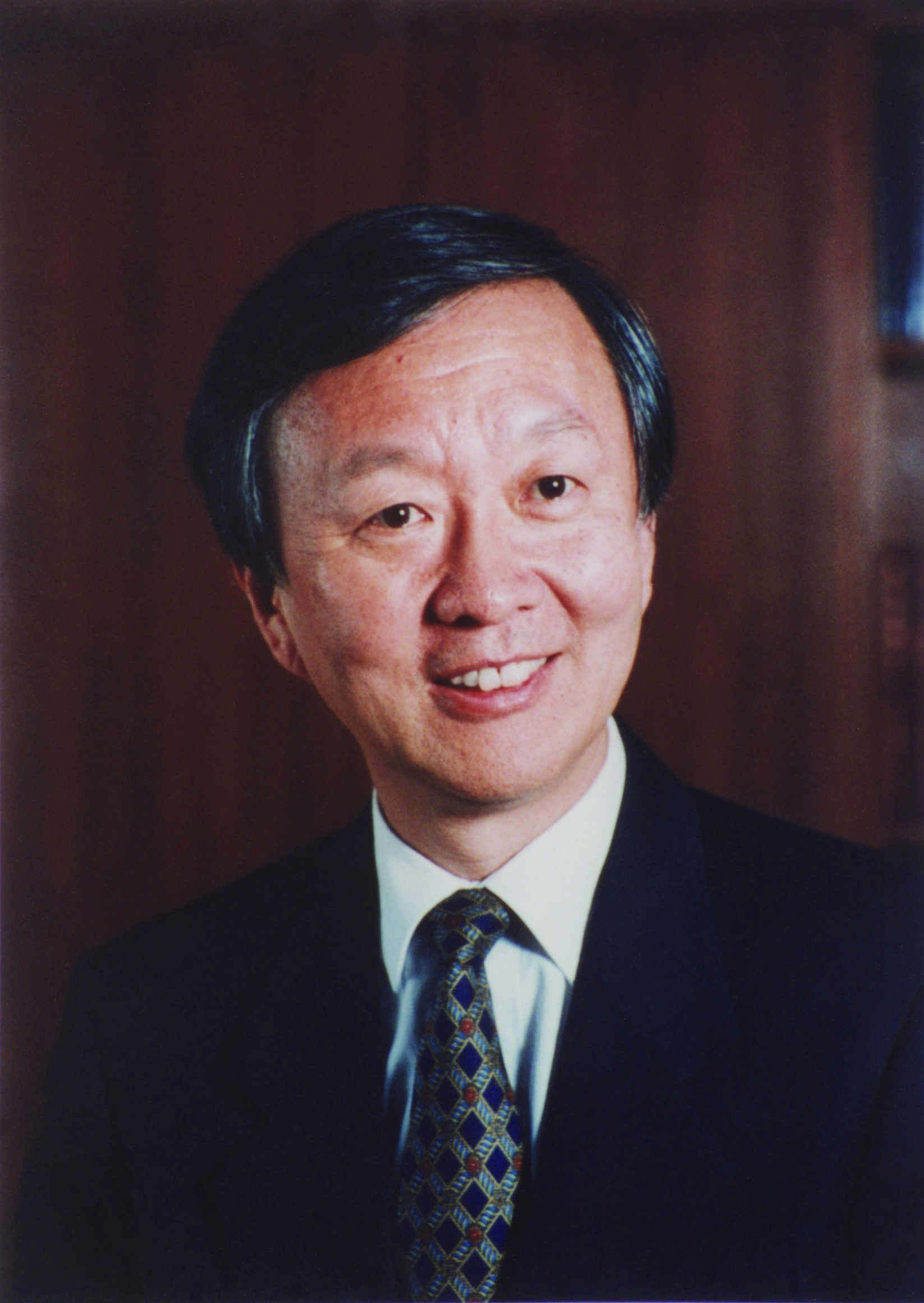Mourning Sir Charles K. KAO, former Vice-Chancellor of CUHK and Father of Fibre Optics

Sir Charles K. KAO, the third Vice-Chancellor of The Chinese University of Hong Kong, laureate of the Nobel Prize in Physics, academician of the Chinese Academy of Sciences and Great Bauhinia Medallist passed away on 23 September 2018, at the age of 84. CUHK-Shenzhen is profoundly saddened and conveys its deepest condolences to his family.
Professor Xu Yangsheng, President of The Chinese University of Hong Kong, Shenzhen, said: "Prof. Charles Kuen Kao is the scientist who contributed the most to global communication technology in the past century and is the glory of The Chinese University of Hong Kong. It was under the inspiration of Professor Kao that I came to The Chinese University of Hong Kong from the United States and then devoted myself to the development of higher education in China. Professor Kao is modest, sincere, and passionate about learning and education. As an exemplary teacher, he cares deeply about the world. His noble virtues will be remembered and commemorated by future generations.”
Born in Shanghai in 1933, Professor Kao studied in St. Joseph's College in Hong Kong before he went to University of London where he obtained his Bachelor of Science degree and his PhD in electrical engineering. He served in various leading telecommunications companies in the United Kingdom and the United States. In 1966, he developed the principles of fibre optics, and turned optic fibre communication into reality, eventually ushering in the age of the internet. Professor Kao joined CUHK in 1970 as Reader and Chair of the then new Department of Electronics (later renamed to Department of Electronic Engineering), and was appointed as the first Professor of Electronics. He was conferred the degree of Doctor of Science, honoris causa, by CUHK in 1985. He was Vice-Chancellor of CUHK from 1987-1996. Upon his retirement, Professor Kao was appointed Honorary Professor of Engineering.
During his nine-year term as CUHK’s Vice-Chancellor, Professor Kao’s visionary insight resulted in the establishment of the Faculty of Engineering, consisting of the five existing, individual engineering departments, by combining their strengths and focus on education and research in computer science, information technology and electronic engineering. The solid foundation laid down for the Faculty has served CUHK well in subsequent years. In addition, Professor Kao also established the Faculty of Education and a number of research institutes, laying a firm academic infrastructure for CUHK to develop into a world-class, comprehensive, research-driven institution of higher education. From an enrollment of just over 7,000 in 1987, CUHK’s student number rose to around 13,000 in 1996. He brought to completion the establishment of the University’s fourth Constituent College, Shaw College.
As the pioneer of the application of fibre optics in the area of communications technologies, Professor Kao’s research on fibre optics transformed telecommunication, brining improvements in communication flow that addressed the needs of the global community. Thus, the internet has become an indispensable technology in the everyday life of global citizens, particularly in global communication. Professor Kao is recognised worldwide as the ‘Father of Fibre Optics’, and was awarded the 2009 Nobel Prize in Physics for his accomplishment in the development of fibre optic technologies that changed the world. He was also awarded The Prince Philip Medal by the Royal Society of Engineering in 1996 in recognition of his scientific achievements, and was knighted in 2010.
Professor Kao was honoured through various prizes, including the Stuart Ballantine Medal, Franklin Institute, USA, the L.M. Ericsson International Prize, Sweden, the US-Asia Institute Achievement Award, the Alexander Graham Bell Medal, The Institute of Electrical and Electronics Engineers, the Faraday Medal, Institute of Electrical Engineers, UK, the Degree of Honorary Doctorate, Soka University of Japan, the Medal of Engineering Excellence, World Federation of Engineering Organizations, the Japan Prize in the Field of Information, Computer and Communication Systems, The Science and Technology Foundation of Japan, the Prince Philip Medal, Fellowship of Engineering, The Royal Academy of Engineering, UK, Doctor of Telecommunications, Engineering, honoris causa, The University of Padova, Italy, the Charles Stark Draper Prize, National Academy of Engineering, USA, the International Lecture Medal, The Institution of Electrical Engineers, UK, Leader of the Year 2002 – Innovation Technology Category, Sing Tao, HK, the Millennium Outstanding Engineer Award, HK, CBE, the la Citta di Padova, a coin from Istituto Poligrafico e Zecca Dello Stato (mint of the Italian Republic), Italy, and the Gold Medal Award of the Hong Kong Institution of Engineers. A minor planet was named after him as ‘Kaokuen’ by the Purple Mountain Observatory of the Chinese Academy of Sciences.
Professor Kao was closely associated with CUHK for nearly half a century. Since the founding of the Department of Electronics in 1970 by Professor Kao, CUHK has established itself as one of the world’s leading universities in optical communication research. During his term as Vice-Chancellor, research thrived at CUHK and research institutes proliferated in all disciplines. He also made significant and progressive changes in the University. His scientific and technological contributions continue to be praised by the world for the lasting changes they have brought to communication for human kind, for bringing human beings closer together, and for significant changes to society. Professor Kao will remain forever part of that legacy.
A place for condolence has been set up on the CUHK campus for the public to sign in and record their messages of condolences and pay their last respect to Professor Kao. The details are as follow:
Date: From 24 September 2018 to 24 October 2018
Time:
|
Mondays to Fridays |
9:00 am – 8:00 pm |
|
Saturdays |
9:00 am – 6:00 pm |
|
Sundays: |
1:00 pm – 6:00 pm |
Venue: University Gallery, The Chinese University of Hong Kong, Shatin (located at the main entrance of the University Library)
Transportation: A shuttle bus running between MTR University Station (outside Exit A) and the Central Steps
